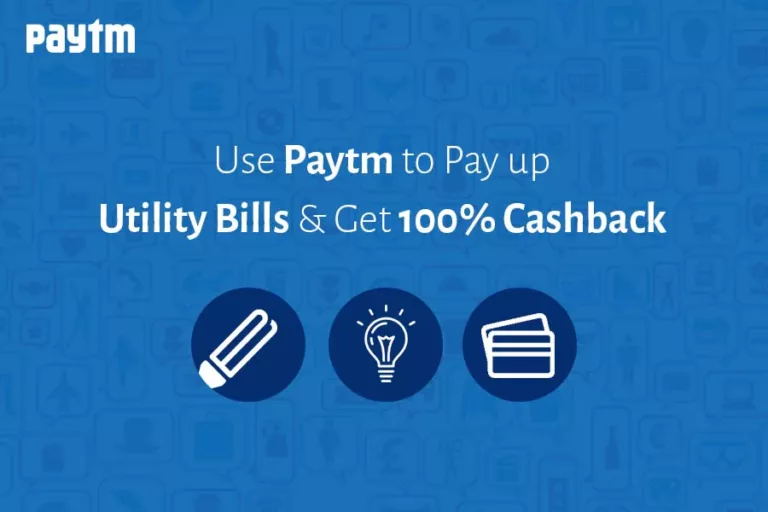In today’s rapidly changing business landscape, small and medium enterprises (SMEs) play a crucial role in driving economic growth and innovation. As SMEs continue to expand and diversify, the need for financial support through loans has become increasingly important. One of the most common types of loans available to SMEs is MSME loans, which are specifically tailored to meet the unique financing needs of micro, small, and medium enterprises. In this article, we will explore the key differences between MSME loans and traditional business loans, and highlight the benefits of opting for an MSME loan.
Understanding MSME Loans
MSME loans, also known as micro, small, and medium enterprise loans, are designed to provide financial assistance to businesses that fall within the specified range of annual turnover and investment limits. These loans are offered by financial institutions such as banks, non-banking financial companies (NBFCs), and government schemes. MSME loans are aimed at promoting the growth and development of small businesses by providing them with access to affordable credit.
Benefits of MSME Loans
- Flexible Eligibility Criteria: MSME loans have more relaxed eligibility criteria compared to traditional business loans, making it easier for small businesses to qualify for financing.
- Lower Interest Rates: MSME loans typically come with lower interest rates, making them a cost-effective financing option for small businesses.
- Collateral-Free Loans: Many MSME loans are collateral-free, which means that businesses do not have to pledge assets to secure the loan.
- Quick Approval Process: MSME loans have a quicker approval process compared to traditional business loans, allowing businesses to access funds in a timely manner.
- Customized Loan Products: Financial institutions offer a range of MSME loan products tailored to meet the specific needs of different types of businesses.
Applying for an MSME Loan Online
In today’s digital age, applying for an MSME loan has become easier and more convenient than ever before. Many financial institutions offer online loan application facilities, allowing businesses to apply for loans from the comfort of their own offices. Here are some steps to follow when applying for an MSME loan online:
- Research Financial Institutions: Before applying for an MSME loan online, it is important to research different financial institutions and compare their loan products and interest rates.
- Check Eligibility Criteria: Make sure to check the eligibility criteria for the MSME loan you are interested in and ensure that your business meets the requirements.
- Gather Required Documents: Prepare all the necessary documents such as business registration certificates, income tax returns, bank statements, and other financial records.
- Fill Out the Online Application Form: Complete the online application form accurately, providing all the required information about your business and financial situation.
- Submit Documents: Upload the necessary documents along with the application form and submit them for review.
- Wait for Approval: Once you have submitted your application, wait for the financial institution to review your documents and approve your loan.
- Receive Funds: If your loan is approved, you will receive the funds in your business account within a few days, allowing you to start using the funds for your business needs.
Key Differences between MSME Loans and Traditional Business Loans
1. Eligibility Criteria
- MSME Loans: MSME loans have more relaxed eligibility criteria, making it easier for small businesses to qualify for financing.
- Traditional Business Loans: Traditional business loans have strict eligibility criteria, often requiring businesses to have a certain credit score and financial stability.
2. Interest Rates
- MSME Loans: MSME loans typically come with lower interest rates, helping small businesses save on borrowing costs.
- Traditional Business Loans: Traditional business loans may have higher interest rates, making them less affordable for small businesses.
3. Collateral Requirements
- MSME Loans: Many MSME loans are collateral-free, providing businesses with access to funds without having to pledge assets.
- Traditional Business Loans: Traditional business loans often require businesses to provide collateral such as property, equipment, or inventory to secure the loan.
Conclusion
In conclusion, MSME loans offer a range of benefits for small businesses compared to traditional business loans. With flexible eligibility criteria, lower interest rates, collateral-free options, and quick approval processes, MSME loans provide small enterprises with the financial support they need to grow and expand their operations. By opting for an MSME loan and applying online, businesses can access the funds they need to achieve their goals and thrive in today’s competitive market.












